The tragedy of Kabwe in Zambia, the world’s most toxic city
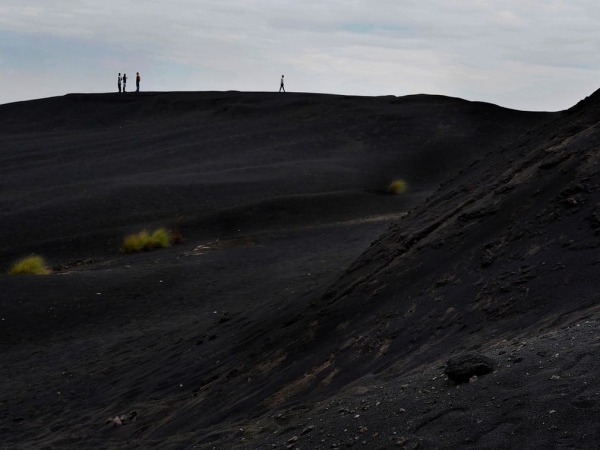
Decades of unsafe lead mining and smelting have resulted in the poisoning of multiple generations
Decades of unsafe lead mining and smelting have resulted in the poisoning of multiple generations
In the city of Kabwe in Zambia, lead and zinc mining and smelting operations were largely running unregulated for over 90 years (from 1902 when the deposits were discovered to 1994 when the huge government-owned lead mine closed). During this time, the 300,000 city residents were exposed to high concentrations of lead -one of the most potent neurotoxins known to man-, which has severely and irreversibly affected them. And even now, the surrounding area where kids play every day is covered with 6 million tons of slag and tailings due to lack of cleanup efforts on the part of the mine company (Zambia Consolidated Copper Mines (ZCCM)) and the government.
Lead blood concentrations in Kabwe have been found at levels 60% higher than the amount considered fatal and the biggest victims are the children, whose brains and other organs are particularly sensitive. In a recent study conducted by a team of researchers from Zambia and Japan, all 246 children tested were above the safety limit of 5 micrograms per deciliter of blood. The vast majority was over 45 micrograms per deciliter, which causes brain, liver and hearing damage, and eight of them were over 150 micrograms per deciliter, at which point death is the most likely outcome. “Having been to probably 20 toxic hotspots throughout the world, and seeing mercury, chromium and many contaminated lead sites, [I can say] the scale in Kabwe is unprecedented,†says Prof Jack Caravanos, an environmental health expert at New York University, on his fourth visit to the town. “There are thousands of people affected here, not hundreds as in other places.†“It is shocking to think that we are here in 2017 and that problem we have known about for decades is still here,†he says, concluding that “We have the knowledge – we just have to get the kids away from the exposure. Will Kabwe ever be a lead-free town? No, but it can be a lead safe town.â€
The clean-up project
Since 2015, there are various organizations that have been trying to help, like the Blacksmith Institute, through the NGO Kabwe Environmental and Rehabilitation Foundation (KERF), which is offering educational services to the community on how to limit exposure to lead and nursing support for those who are ill. Others NGOs, funded by Germany’s Terrre des Hommes and delivered by Environment Africa and Pure Earth, began to clean up the first homes using workers from the community. More than 120 homes have had the soil in their yards replaced with clean soil from elsewhere. “It is a drop in the ocean, but we are happy that we have targeted the most polluted homes first,†says Namo Chuma, Environment Africa’s director in Zambia, who also believes that official recognition of the problem is at least finally starting to be seen: “The government does now acknowledge there is a problem.â€, she says.
In December, the World Bank has approved a new $65m project for Kabwe and three other copperbelt mining areas, but the Zambian government has yet to give the go-ahead. “A program of more than 3,000 children and citizens of Kabwe would be subjected to constant medical surveillance and treatment programs and anyone who showed a high blood lead level would be subjected to treatment as well,†says Sanjay Srivastava, at the World Bank, who is optimistic the crisis will be at last tackled.
Source: The Guardian
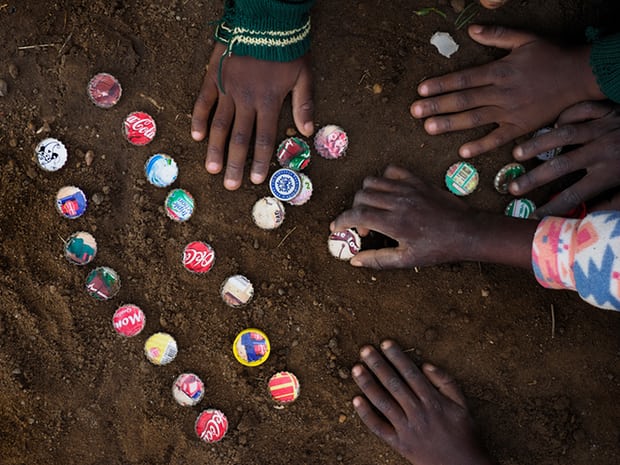
Children playing with bottle tops in the dust in Chowa township in Kabwe. The dust is highly contaminated with lead, which is extremely toxic.
Photograph: Larry C Price for the Guardian
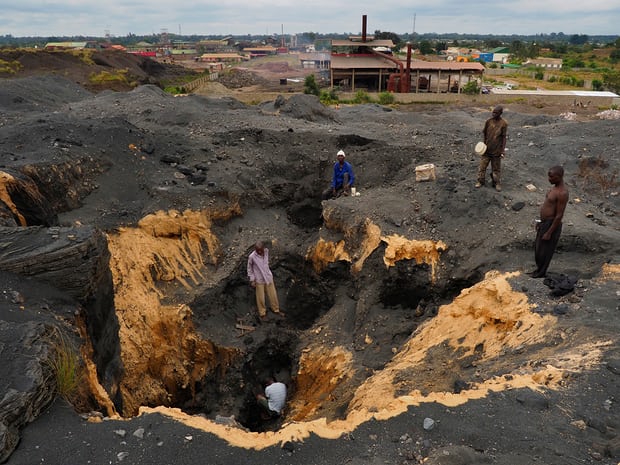
Illegal miners scavenge for lead on Black Mountain, a huge slag heap, exposing themselves to extreme levels of lead.
Photograph: Larry C Price for the Guardian
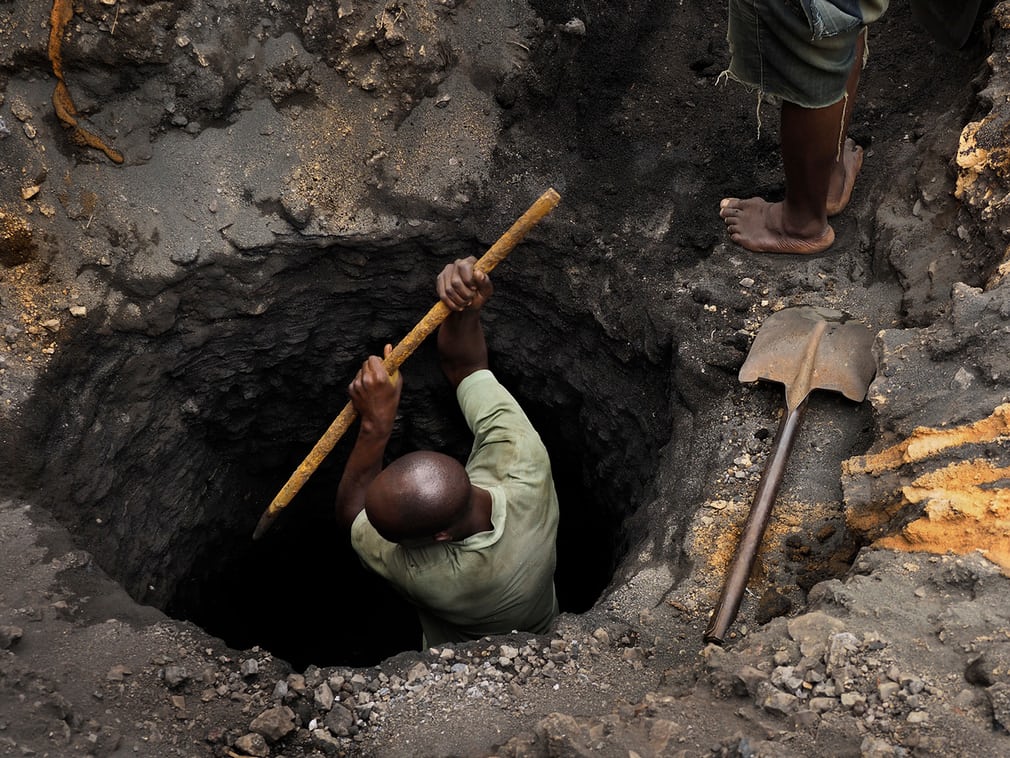
The scavengers only have hand tools to dig their tunnels and suffer immediate health problems, as well as long term effects of lead poisoning. ‘Our daily experience is chest pains, due to the dust,’ said Musonda.
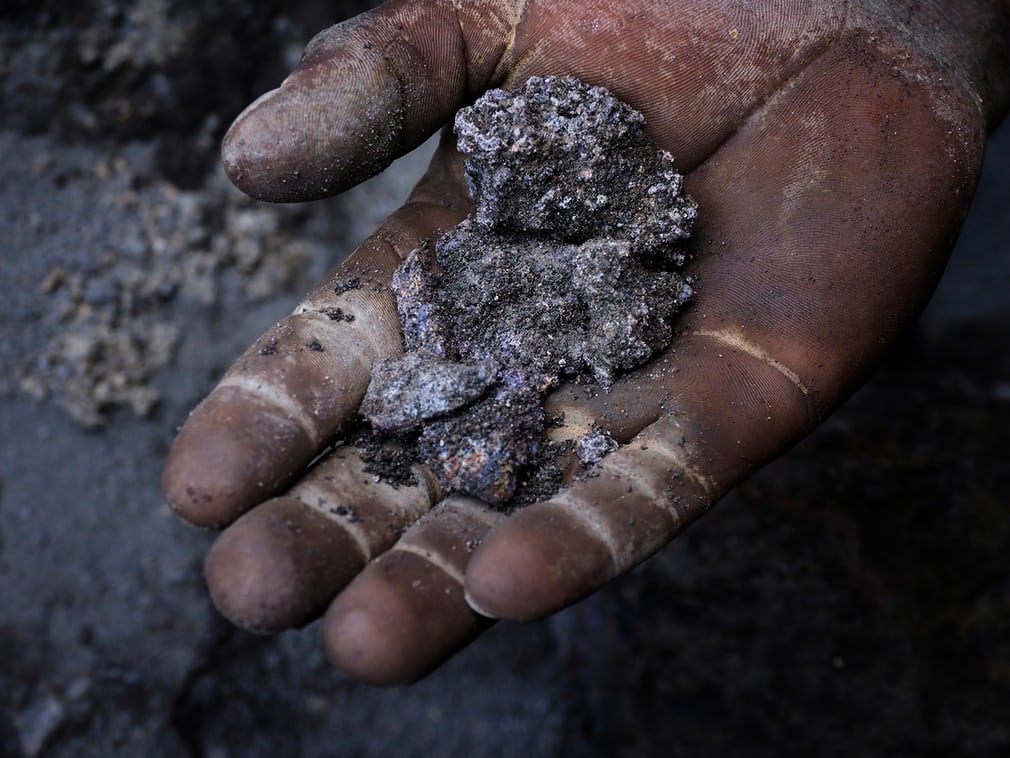
The dust and soil around the spoil heaps, where adults and children work, are 3-6% lead – far above the safety level of 0.04%.
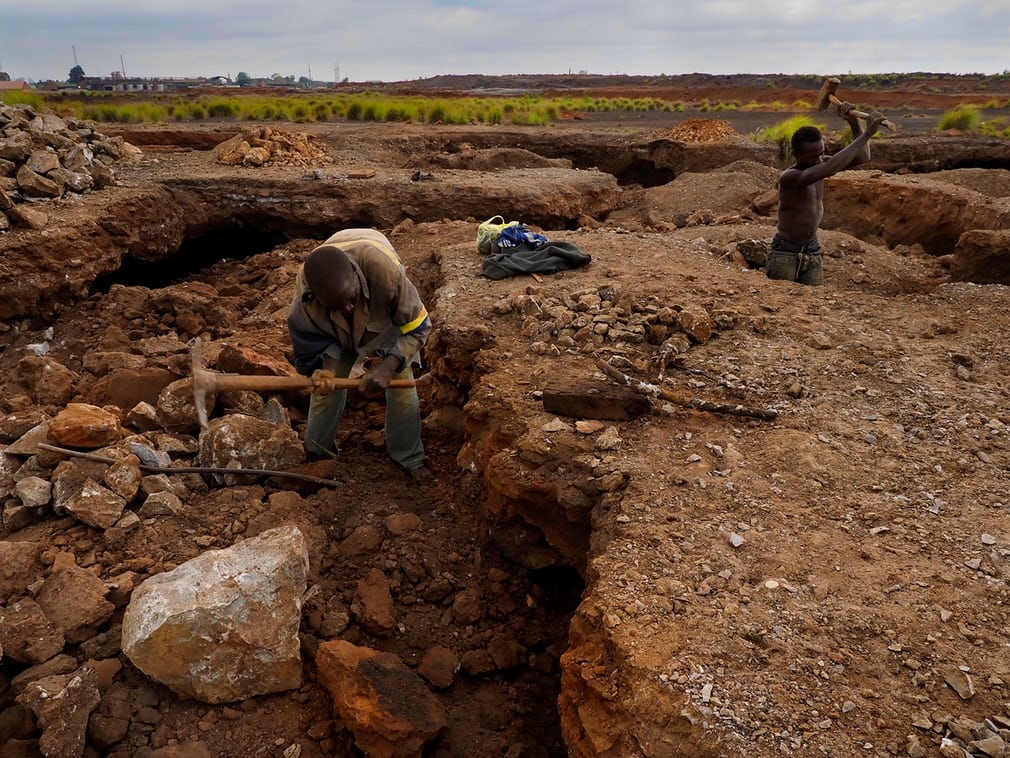
The rock crushers pass signs reading ‘Danger keep away!’ to reach the site, but say they have no other work.
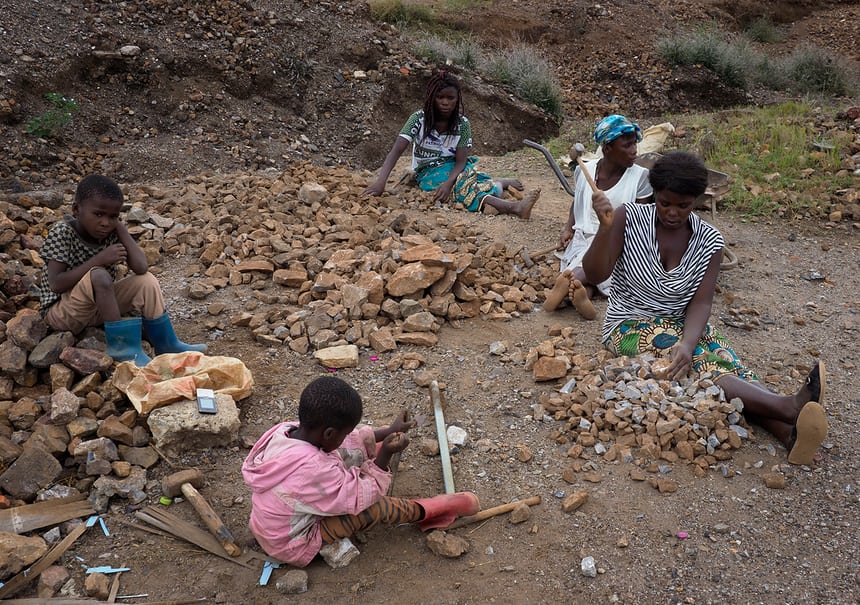
Women and children crush rocks to sell as gravel among the highly contaminated spoil heaps of the former mine. Photograph: Larry C Price for the Guardian
Photos source: The Guardian
Source: The Guardian
Want to read more like this story?
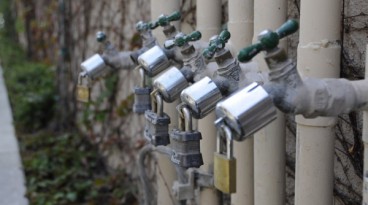
Water scarcity: Cape Town is running dry
Feb, 20, 2018 | News‘Day Zero’ approaches, when the city’s water taps will be turned off in Mid-May â...
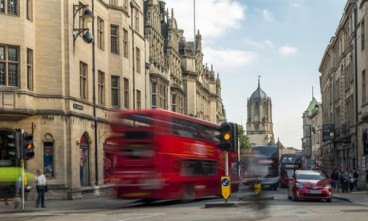
Oxford intends to introduce the world’s first Zero Emission Zone by 2035
Oct, 20, 2017 | NewsThe measures come as a response to the high levels of NO2 in the city’s center The measures c...
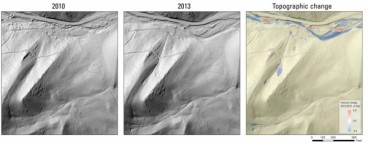
Huge Floods Sculpt Colorado’s Mountain Landscape
Apr, 03, 2015 | NewsHeavy rains in 2013 lead to devastating floods of rock, soil, and water through many cities and town...

Horror Scenario For Coastal Areas
Jul, 29, 2015 | NewsClear warning from scientists, who note that the sea level rise may not be avoided even if the gover...
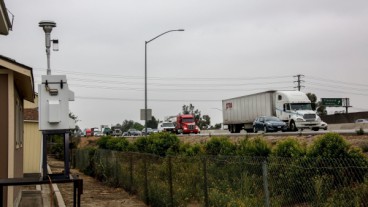
Living near major roads leads to high pollution exposure
Dec, 19, 2019 | NewsAccording to a new study, people living near major roads are exposed to high concentrations of air p...
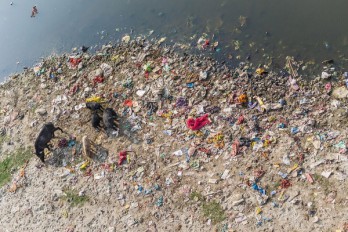
The severely polluted Yamuna River in India and its clean-up project
Dec, 14, 2017 | NewsBetter late than never, the Indian government has finally made river clean-up an important priority...
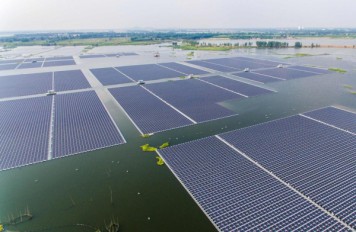
China inaugurates the world’s largest floating solar farm
Jul, 18, 2017 | NewsThe country aspires to lead the international efforts against climate change The country aspires to...
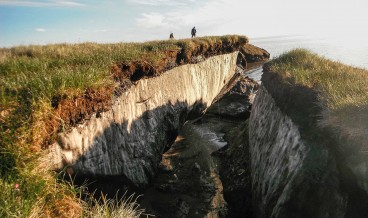
Increased precipitation leads to permafrost thaw in Alaska
Aug, 10, 2020 | NewsOver the years, Alaska receives increased precipitation, a fact that will lead to its permafrost th...

Munich, BMW’s hometown, considers banning diesel cars in the city center to fight air pollution
Jun, 28, 2017 | NewsThe town council hopes to have draft legislation in place by the end of the year The town council h...
Trending

Vertical gardens in Mexico City to combat pollution

Saudi Park Closed After 360 Big Pendulum Ride Crashes to Ground, 23 injured

Characteristics of Load Bearing Masonry Construction

Taipei 101’s impressive tuned mass damper

Dutch greenhouses have revolutionized modern farming

Federal court rules Biden’s offshore drilling ban unlawful


